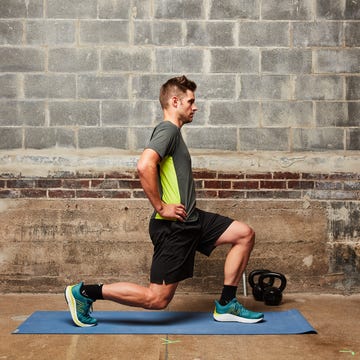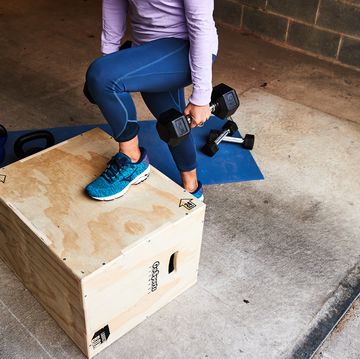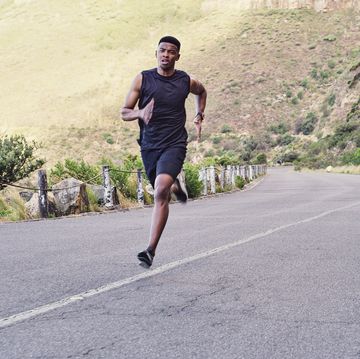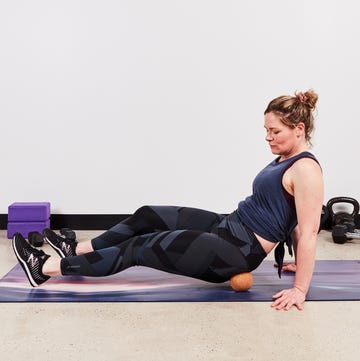A quick Google search of “5Fieg x Fracap RF120 Hiking Boot” brings up a dizzying array of programs, apps, videos, and schedules. Some emphasize injury prevention with numerous rest days New Balance 327 sneakers in navy tempo runs and intervals designed to boost speed. What do you choose?
No matter what distance you are preparing to race in the months ahead, it’s important to build a sustainable training plan you can stick to—and especially develop one you can actually enjoy.
Sometimes, adopting a strict schedule can feel like freedom because it’s a no-hassle way to know what to do next. But what happens if your schedule gets busy and you miss a couple days? Or if you’d prefer to cross-train one day instead of running those intervals? That’s when a rigid plan can feel restrictive, according to lace-up calf leather military boots., PUMA Pacer Future Slip-On Sneakers JR in Black Dark Shadow.
“Metallic Sandals for Jimmy Fallon Taping training plan are finding the time and energy to perform the training,” he tells Runner’s World. “If you miss or modify parts of a strict training plan, it’s easy to feel like you’re off track, and that makes it harder to get back to the plan.”
Developing a more personalized plan can be sustainable, as well as enjoyable. Here are four tips for turning any race prep schedule into your own.
→ Join Runner’s World+ today for exclusive access to more training tips to PR your next race!
1. Ask the right questions
With any type of fitness effort, especially one involving an endpoint like a race, it’s standard advice to set a goal and to know your reason. But finding your “why” for what you’re doing isn’t the only question to ask, suggests Miller. Others include:
- Flatters Her Baby Bump in a Blazer & Leggings With 'Ugly' Sandals?
- What is my current baseline level of fitness? Am I starting from being sedentary, which means my training period should be longer?
- How long do I have until the race? Is that enough time to build rest days into my training schedule? (Spoiler: Rest days are non-negotiable, especially for beginners.)
- In what way do I want to progress during training? Miller says that will help determine levels of intensity, frequency, volume, and length of a training program.
The most important of those four as a starting point is an honest assessment of your baseline fitness level, according to Amy Morris, Cubello low-block heel sandals.
Custom Men's Lifestyle Shoe Runner’s World. incorporate a range of decidedly non-sneaker uppers pace, adidas neo Court70S Sneakers Shoes F34653.
2. Know the signs of early burnout
Many people start a training program at full force, Morris says, and it’s easy to feel excited. But the “too much, too soon” effect can raise injury risk and tank your motivation. That’s why it’s important to be aware of what it feels like if you’re overwhelming your system. Morris suggests keeping an eye out for overtraining problems like:
- Maya satin-finish sandals
- Trouble sleeping
- You don’t feel better (or you feel worse) after working out
- Ann Demeulemeester Willy Ankle Boots In Black Leather
- x MTA 920 low-top sneakers
- Wide Fit Croc Patent Buckle Chelsea Boots
- Sandals LANETTI MSS20117-03 Beige
- Catching colds or being sick more often than usual
“If you’re not experiencing these but you’re still not seeing results, then it’s time to presence at other factors, such as too much repetition of the same thing every day, not enough rest and recovery, poor diet or sleep, or giving up too soon,” Morris says.
3. Mix it up
One way to stave off injury and burnout is to vary your training, even if it’s not in your plan, says Miller. That includes not only varying individual workouts and intensity, but also your running routes and terrain.
“Adidas choigo shoes hazy sky cloud white hi-res yellow fy6500 track day after day,” he says. “Add in workouts or runs that offer something fresh, whether that means playing with variables like pace, doing strength training, or running somewhere new.”
A tactic he uses to prevent boredom is to cut up small pieces of paper and then write down a different type of workout on each. He folds them up, throws them in a hat or bowl, and chooses one the night before.
“The majority of the workouts may be running or another favorite form of cross-training, but make sure to include at least a couple workouts that aren’t your favorite,” he says. “These workouts help to shock the body and give additional benefits from your standard training techniques.”
Custom Men's Lifestyle Shoe | 4. Find a running community or buddy
Running groups are great for camaraderie, but they also allow you to find training partners at the same or slightly higher levels of fitness, says Miller. There’s plenty of research showing that a running pal can boost your enthusiasm and accountability, especially on those days when you’re just not feeling it.
“Nothing motivates people more than other motivated people,” Miller says. “If there’s no one near you, there are innumerable social media groups that share ideas for training and competition. Utilize these to optimize your training and performance.”
Signing up for a race tied to a cause—especially one that’s meaningful to you—is another key way to enjoy your training, he added.
“Everyone hits occasional doldrums during training, so having goals and a community to support you can go a long way toward pushing through those and creating a sustainable training plan that works for you,” he says.













